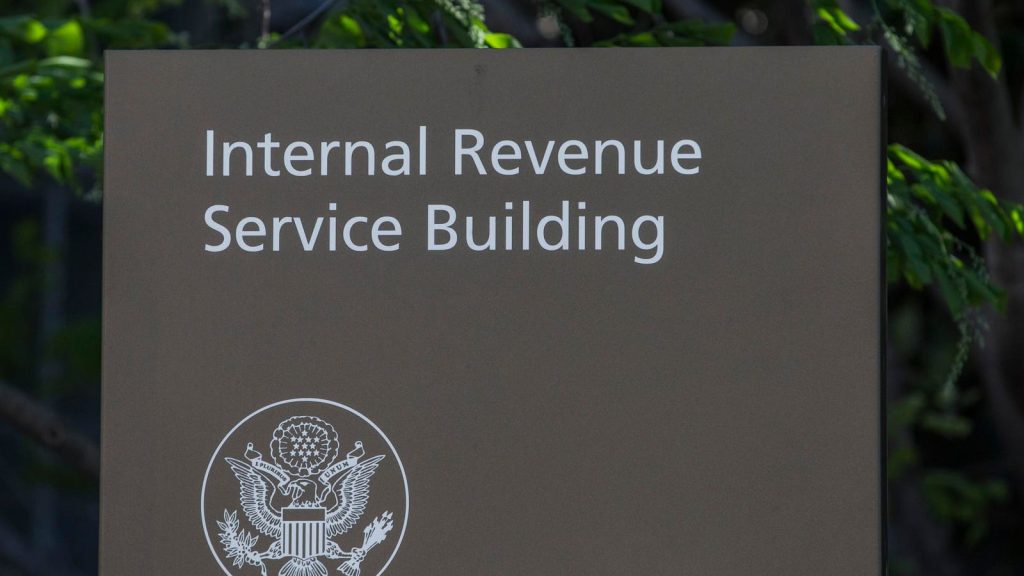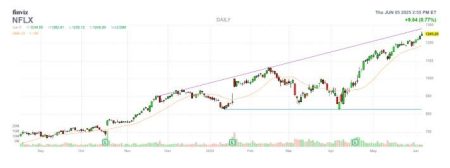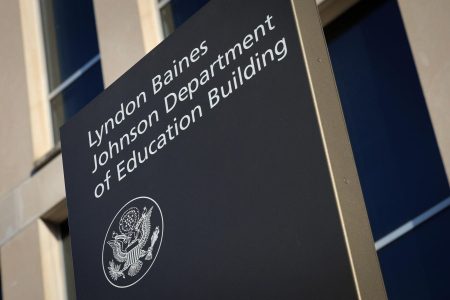The Shifting Sands of Regulatory Enforcement: A Look Ahead to 2025
The year 2024 marked a turning point in the relationship between government and business, laying the groundwork for significant shifts in regulatory enforcement. The landmark Supreme Court decision in Loper Bright Enterprises v. Raimondo, effectively curtailing the "Chevron deference" doctrine, empowered courts to scrutinize agency interpretations of statutes, signaling a potential recalibration of regulatory power. This, coupled with increased IRS funding and a renewed focus on tax enforcement, promises a 2025 filled with both challenges and opportunities for businesses and individuals navigating the evolving regulatory landscape.
The End of Chevron Deference: Implications for Agencies and Taxpayers
The demise of Chevron deference does not eliminate judicial deference altogether, but it does require agencies to provide clearer justifications for their interpretations of statutes. For the IRS, this means a more cautious approach to issuing guidance, potentially leading to less clarity for taxpayers. While this increased scrutiny can ultimately benefit taxpayers by preventing overreach, it may also create a short-term increase in disputes due to the absence of clear guidance. This uncertainty is particularly relevant in emerging areas like digital assets and blockchain technology, where clear regulatory frameworks are still developing. Taxpayers may find themselves navigating ambiguous territory, increasing the risk of costly litigation.
Increased Tax Litigation: A Double-Edged Sword
The curtailment of Chevron deference, coupled with ongoing legal challenges to IRS actions, indicates a likely increase in tax litigation. While the Loper Bright decision empowers taxpayers to challenge agency interpretations, litigation remains a resource-intensive endeavor. Several high-profile cases, including disputes over the economic substance doctrine and the power of bankruptcy trustees to avoid tax payments, are poised for appellate court decisions in 2025, with potentially significant implications for taxpayers. These cases underscore the importance of proactive tax planning and a thorough understanding of the evolving legal landscape.
The IRS Embraces Enhanced Enforcement Capabilities
Bolstered by significant funding from the Inflation Reduction Act (IRA), the IRS has signaled its intent to ramp up enforcement efforts, particularly targeting partnerships, corporations, and high-net-worth individuals. The establishment of a new pass-through field unit dedicated to scrutinizing partnerships, S-Corporations, and trusts further underscores this focus. While the full impact of the IRA funding remains to be seen, taxpayers can expect increased scrutiny and more aggressive legal positions from the IRS in 2025. This includes the potential for more audits and the expansion of penalties to areas not previously asserted.
Navigating the Uncertainties: Proactive Strategies for 2025
The evolving regulatory landscape demands proactive strategies from businesses and individuals. Staying informed about legal developments, engaging with tax professionals for guidance, and meticulously documenting transactions are crucial for mitigating risks. The potential for increased scrutiny necessitates a proactive approach to tax planning, including careful consideration of tax positions and potential challenges. Furthermore, engaging with trade organizations and advocacy groups can provide valuable insights and opportunities to influence policy decisions.
Striking a Balance: Enforcement and Fairness in the Regulatory Landscape
Effective government oversight is essential for ensuring compliance and maintaining a level playing field. However, this enforcement must be balanced with fairness and clarity. The developments of 2024, including the Loper Bright decision and increased IRS funding, have set the stage for a significant recalibration of the regulatory landscape. The challenge for 2025 lies in implementing these changes in a manner that promotes both compliance and a fair and predictable regulatory environment. The lower courts will play a crucial role in interpreting and applying these new principles, with the appellate courts providing further clarity and guidance. The hope is that these changes will ultimately lead to a more equitable and efficient system of regulatory enforcement.










